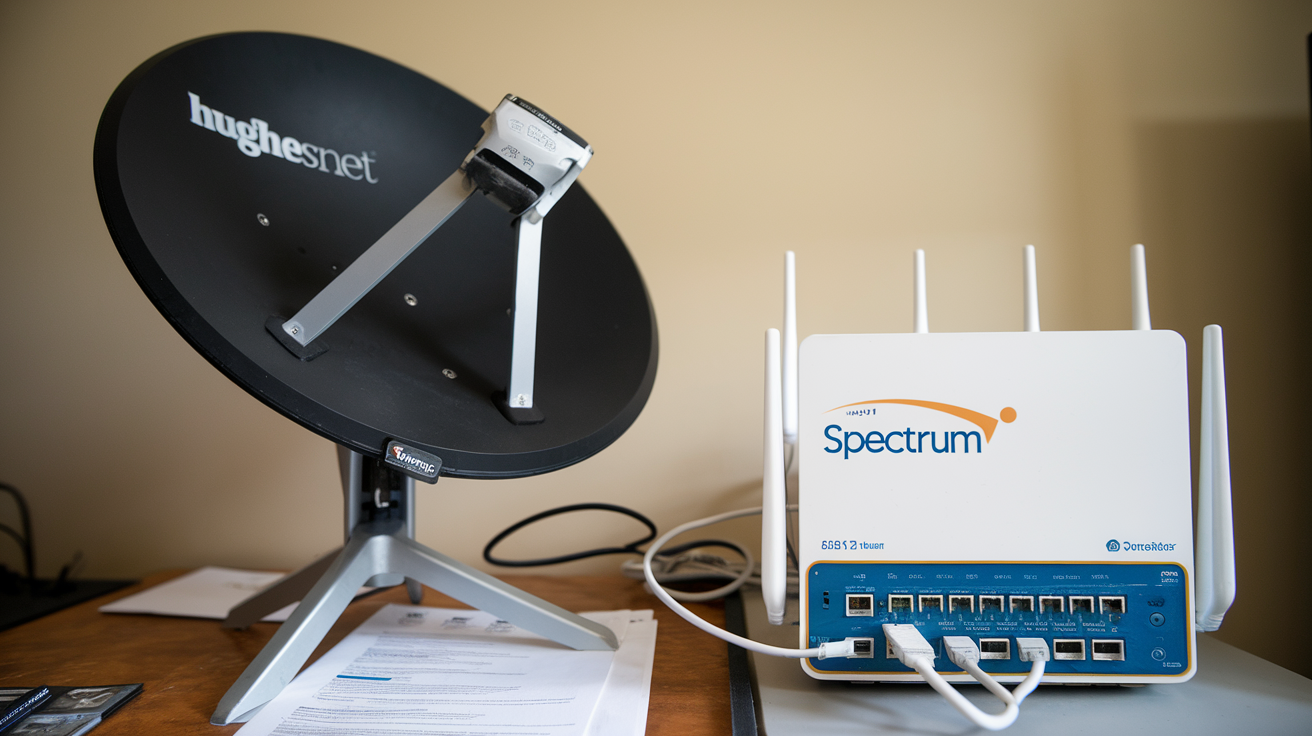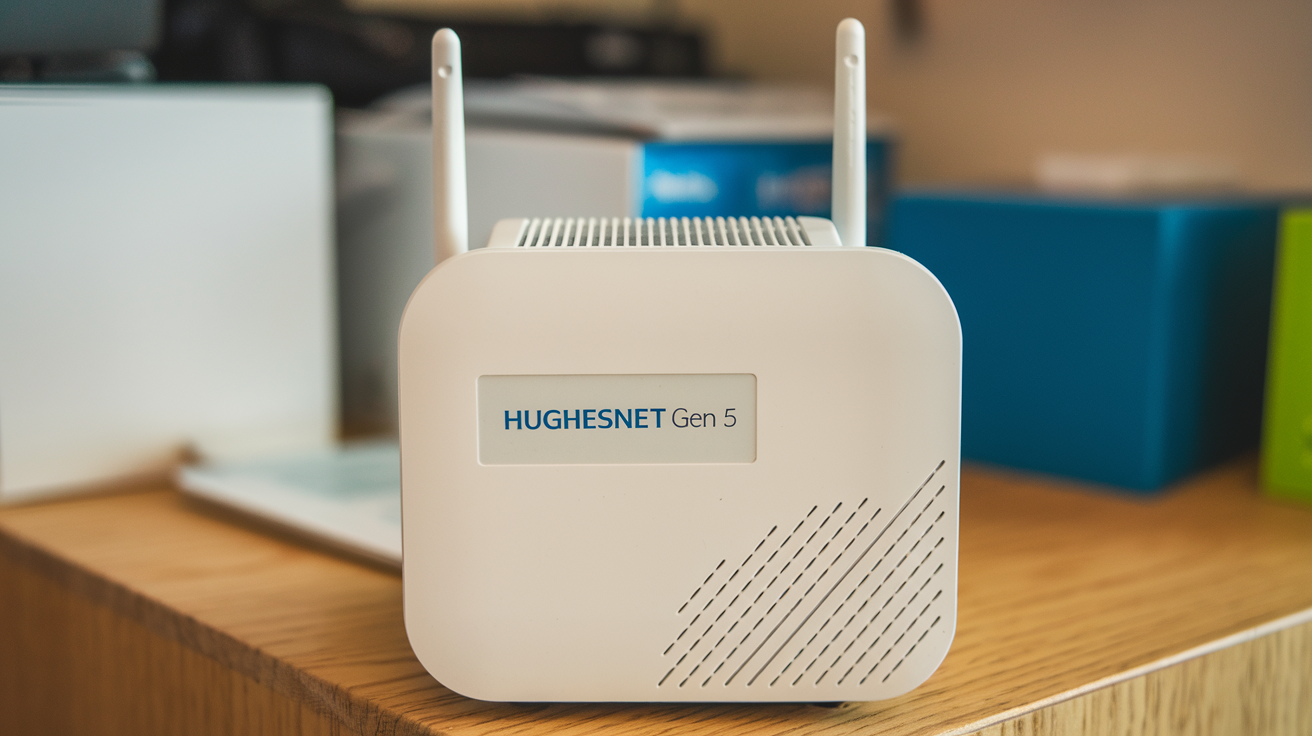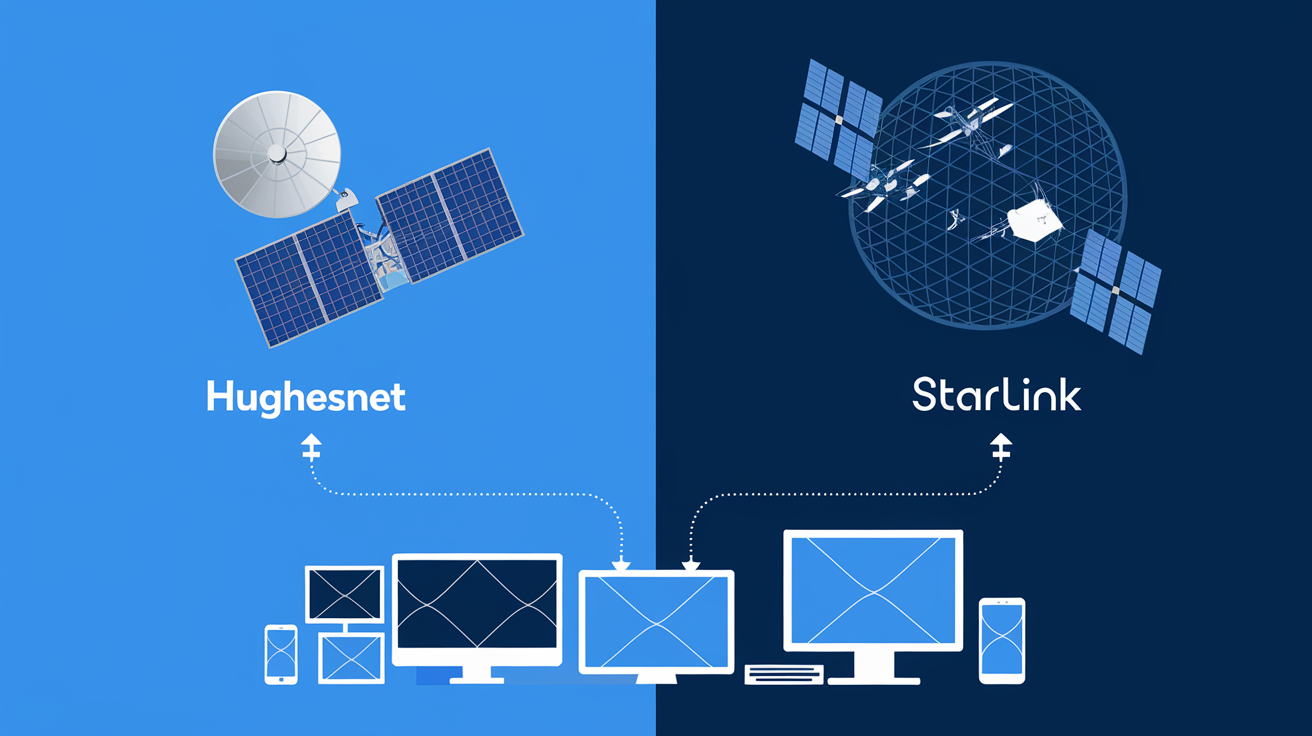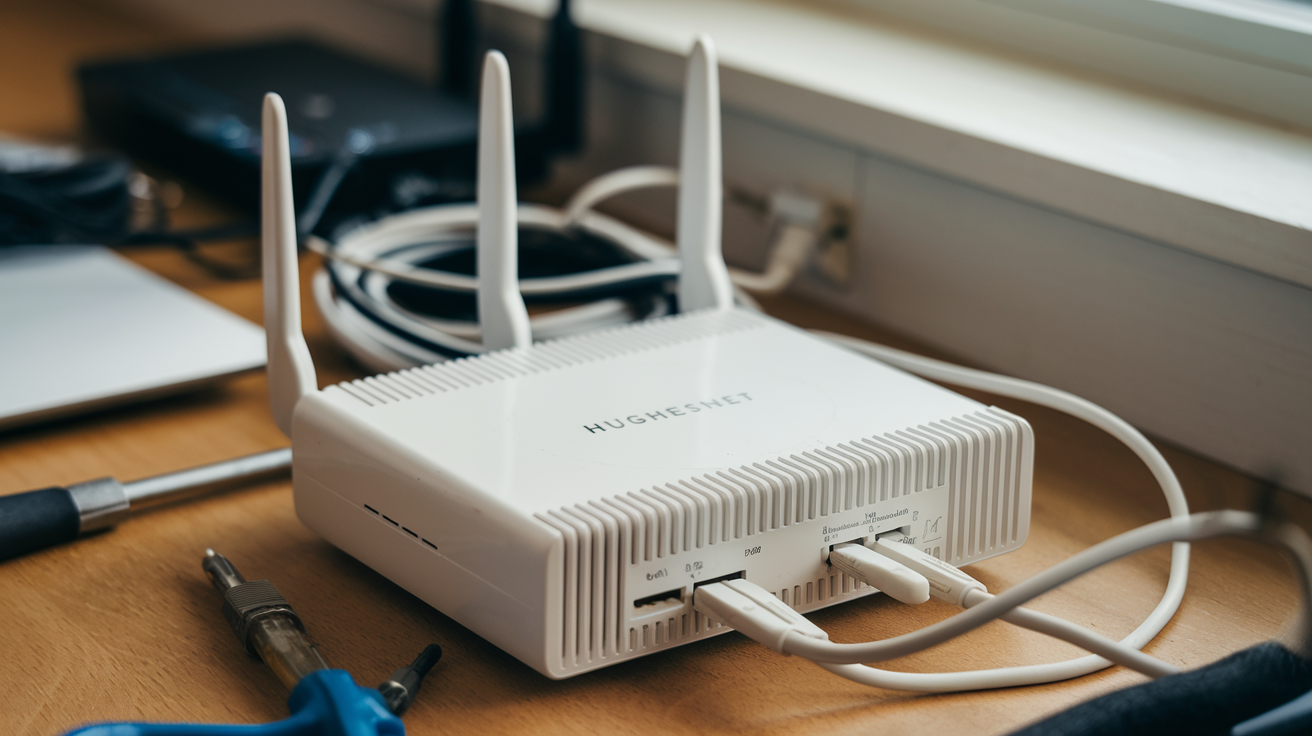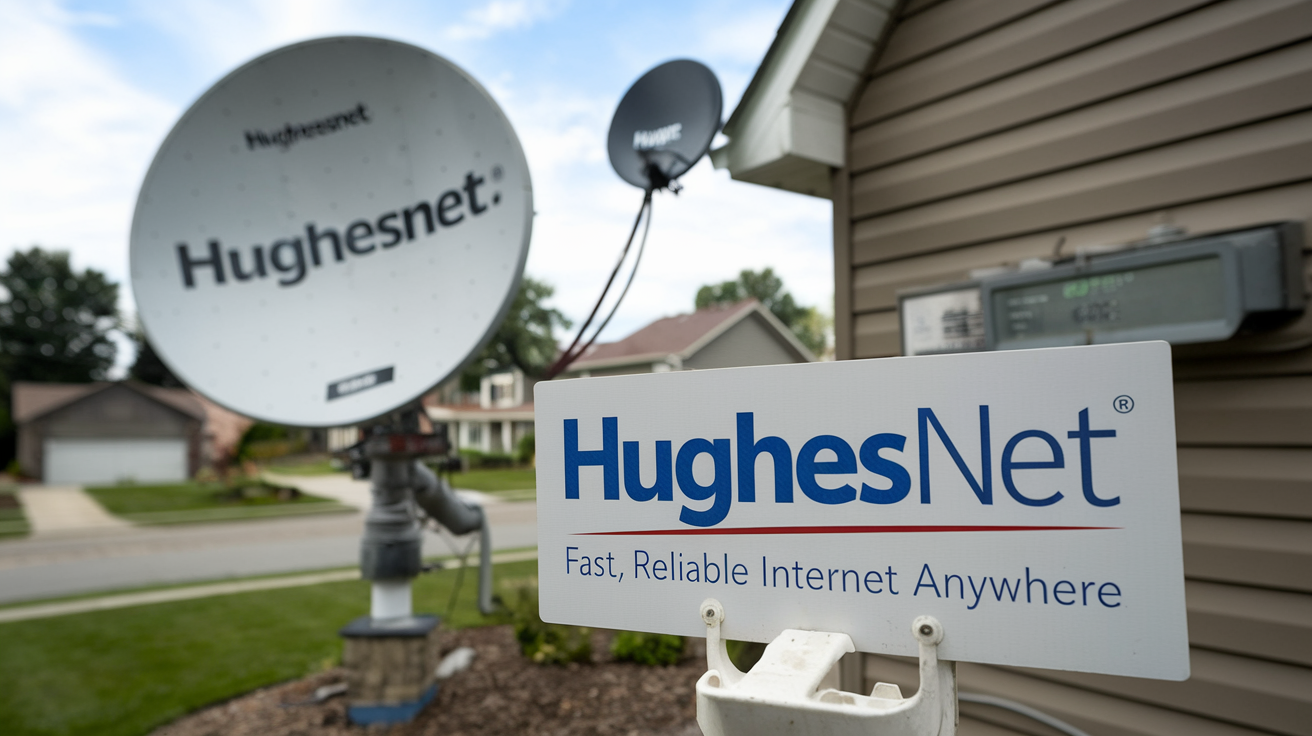-
Posted on: 08 Aug 2024

-
As consumers continue to leave cable and switch to streaming TV, one question tends to arise – is satellite internet fast enough to stream Netflix? In particular, is it possible to stream movies and TV shows on Netflix with Hughesnet satellite internet? So let’s consider this case more closely.
To what speed does Netflix need?
However, to get a clear picture of the kind of internet speeds needed for a good Netflix experience, we have to first understand the following. Netflix even suggests that users should have download speeds of no less than 3 Mbps for standard definition quality and 5 Mbps for high definition. Pleasingly, Netflix recommends that for optimal streaming of ultra HD 4K videos, one requires a minimum of 25 Mbps.
Nevertheless, achieving these bare minimums is not sufficient for perfect Netflix streaming. The degree of connection consistency and the underlying latency also have a significant impact. However, to get a decent quality streaming experience with no or little buffering, the download speed of 5 Mbps should be sufficient to watch most of the content on Netflix.
Hughesnet Download Speeds
The fundamental package of Hughesnet Gen5 provides a download speed of 25 Mbps, and the advanced one provides 50 Mbps. In theory, these two internet packages offer a sufficient amount of bandwidth to stream multiple Netflix streams simultaneously.
But here, I am afraid, our problems begin – the small print. All Hughesnet plans contain very low monthly data allowances where customers can experience data throttling which affects Netflix streaming.
Data Caps
While several providers offer competitive and easy-to-understand plans, Hughesnet has two main plans that implement rather low data limits. The Base Gen5 plan comes with a 30GB data allowance per month. Any usage more than that amount will slow down your speeds to 1 – 3 Mbps for the rest of your billing cycle. The higher tier of 50 Mbps means that the monthly plan allowance is raised to 50 GB before the speed reduces.
These data limits make it almost impossible to binge-watch Netflix or any other streaming service as scheduled. It is worth noting that streaming of High-Definition video or HD as commonly known, requires approximately 3GB per hour. At that rate, in just 10 hours of Netflix, one could probably exhaust their entire monthly HughesNet data subscription. In other cases, speed throttling takes place before the end of the month even for those who slightly use Netflix, which therefore reduces the chances of watching more videos.
Besides data caps, all HughesNet plans also contain throttling during peak times, which also cuts down your capacity to stream Netflix smoothly.
Peak Period Throttling
In its peak period, HughesNet throttles connection every day for 8 hours starting from 5 pm local time to 1 am. Even during these network usage peak hours, your speeds can be reduced to as low as 1 – 3 Mbps at any given time. This is true, even when you still have data that could be utilized within the remaining monthly allotment.
While you can get 50 Mbps download speeds in the morning to the evening, at 7 PM, you are reduced to below 5 Mbps because everyone wants to watch Netflix at that time. This makes it very difficult to perform an activity that requires watching a full movie or a TV series.
When one factor in both low data allowance per month and the throttling during the peak usage periods, streaming Netflix with HughesNet results in a highly restricted streaming experience, likely adequate only for the occasional video clip or short episode run.
Can Any Streaming on Netflix be Accomplished with HughesNet?
The biggest question, however, remains – can you stream Netflix with Hughesnet satellite internet with throttling and data caps on or off?
On off-peak times such as in the early morning, one may be able to watch very low-quality video without losing the stream assuming one data bundle for the month has not been used up. However, this eliminates longer binge-watching sessions as well. This means you have to regulate your usage watch television only in the early hours of the day, and be very careful with the amount of data you use.
However, extra tokens cost a little bit extra: $10 per token, and each token provides only 50GB a year. In a nutshell – the service is not programmed for high-bandwidth video stream use cases.
Other Satellite Providers
Well, if you can only have satellite internet and need to have a somewhat acceptable Netflix experience then there are not many choices for you.
One example of a satellite ISP is Viasat. Their $45 a month basic 25 Mbps Viasat A-60 plan raises data reserves to 150GB so it doesn’t crimp your streaming. However, data rate limiting is still in place and all satellite internet is limited to higher latency rates – the nightmare of real-time applications.
Starlink Changing The Game
For rural customers who are also waiting for high-speed solutions, Starlink Internet developed by SpaceX is rapidly growing as a game-changer. Instead of relying on communication towers and cables like traditional internet service providers, Starlink is delivering high-speed, low-latency, unlimited internet connecting to rural users at a speed of 50 - 200+ Mbps.
The satellites are set to expand coverage aiming to reach most areas by the end of 2022, and thus as this happens, only Starlink will be used for satellite streaming. It also already supports reliable, high-quality Netflix streaming that can be viewed at consistent quality across devices. There is also no limit to bandwidth utilization or throttling, and this is a perfect environment for binge-watching, say, several 4K Netflix streams at once.
unfortunately, HughesNet data limits and latency issues mean that any kind of dependable, let alone consistent, Netflix streaming is out of the question for all but the most lightly used accounts. Others are likely to offer options as more satellite and rural internet providers make upgrades in the future. However, at the moment, HughesNet speeds are not suitable for a quality streaming experience on Netflix.
